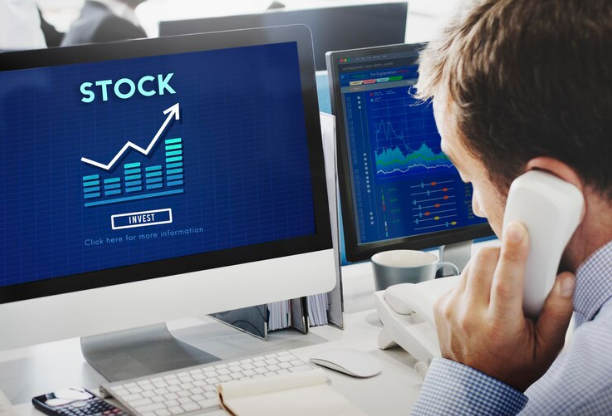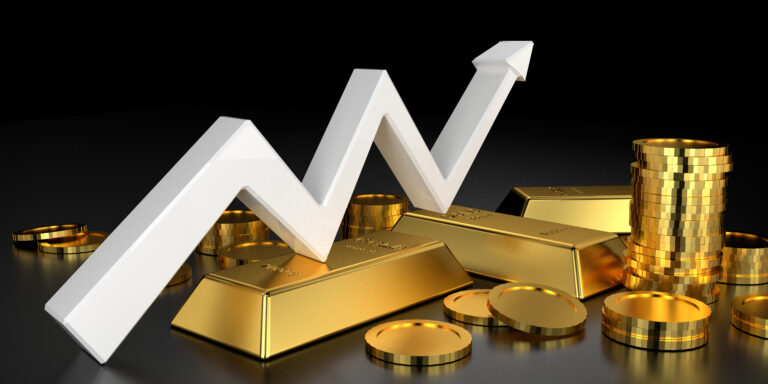How to invest in ETF? If you are going to invest somewhere, ETFs or Exchange-traded funds provide you an easy path. We can understand ETFs in a simple way through which you can gain huge returns without expending huge amounts of money. In this article, we must know about ETFs, how you can manage your work, and in which way we can purchase them.
What is an ETF?
Before knowing about How to invest in ETF? It is important to know what is ETF. ETFs come with an opportunity for investors to buy many stocks. Investors can buy some shares of ETFs, and this amount is invested as a purely objective. For instance, if you buy $500 ETFs, you will see your money will be invested in one go in the 500 companies in that index.
ETFs vs. mutual funds
A question that people ask more about ETFs is how they differ from mutual funds, which have the same principles in place. The main difference is where you can go for the selling or buying. You can set the price once for mutual funds, and you can set the dollar amount. You can buy the mutual funds directly through the issuer, but an essential and vital point closes when the transaction result is not instantaneous.
ETFs have a common agenda of trades as of stocks and the records of the major exchanges such as Nasdaq and NYSE. Despite setting a dollar amount, you select the shares you will buy. A trade like ETF is one in which prices continuously go up and down on the whole trading day. You can engage with the ETFs whenever you see the stock market open.
What Are ETF Taxes?
If you go with some ETFs in your brokerage account, you have this side covered in the income filled with taxes. Anything that, in return, comes to you when you sell according to the ETFs comes under the tax, which is recorded as per the ruling of capital gain tax.
If you are going with an IRA for investment sake in ETFs, you must eradicate the worries of the capital gains. Going with the traditional IRA money you have in the account is considered taxable income when we withdraw it. However, the Roth IRA does not usually come under the shadow of tax.
How much investment do you need to invest in ETFs?
ETFs do not come with a minimal number of requirements, which is not similar to mutual funds. So look for the best when brokers allow you to buy small shares of stock. It would be helpful if you had a current price of a share to get going.
ETF basics
Advancing further, it is essential to understand the fewer concepts related to first ETFs.
Passive vs. active ETFs:
ETFs come in two types: passive, and the other is simply understandable as a stock index, for example, the S&P 500. The active ETFs go with the managers in terms of portfolios to invest.
An important note:
If we talk about the passive ETFs, it matches the index’s performance. The ETFs in active status have a prerogative to beat the index’s performance.
Expense ratios:
The charge fees are recommended as the expense ratio in ETFs.Now, you will experience the listed ratio as an annual percentage. We can understand if 1% is considered that expense ratio in which you pay $10 in fees for every $10,000 of your investment. Your money can be safe through a lower ratio as everything is equal.
Dividends and DRIPs:
As we can understand, most ETFs come with the payment of dividends. In terms of your own ETF, the dividend comes to you as cash or goes automatically chosen in terms of the reinvestment plan.
Pros and Cons of ETFs
When we are learning about How to invest in ETFs. It is important to know its pros and cons. So, we decided to give it Pros and Cons detail.
Pros of investing in ETFs:
- Mostly, bonds, stocks, and assets take an exposure with a minimum price.
- ETFs work on the guesswork from stock investment. With time, investors are permitted to cope with the market performance, which impacts strongly.
- ETFs are more reliable than mutual funds. With an easy click on the mouse online, Brokers can sell and buy from ETFs.
- Going with the investment in individual bonds is quite a difficult process. But ETF is that bond that makes your work rather easier.
Cons of ETFs:
- As ETFs come with different types of stocks, they can not give much return compared to individual stock buyers.
- EFTs are low in price and that’s enough, but they are not free. If you plan with a portfolio of individual stocks, you won’t have to pay management fees.
How to invest in ETF?
Let’s find out How to invest in ETFs in detail.
- First, open a brokerage account
- Choose your first ETFs
- Open the ground for ETFs to work hard in your favor.
Open a brokerage account.
Before going to any procedure of selling and buying, you need a brokerage account. The huge numbers of online brokers come with ETF trades and commission stock, so cost is not essential. The simplest and the best way is to make a comparison of each broker’s features. If you are new to investment plans, going with a broker with an extensive educational feature range can be a good gesture.
Ameritrade (NASDAQ: AMTD), E*Trade (NASDAQ: ETFC), or Schwab (SCHW -2.08%), as there are other brokers to move on within the ground.
Choose your first ETFs.
The individuals who have just started passive funds are following the best trajectory for them. The index fund is cheaper in comparison with rivalries. The reality goes with the most adjustable funds, so don’t try to be oversmart by crossing their benchmark.
With this in mind, we provide you with a list of ETFs with details of each one who invests in it.
The list announced here is like some heavy thunder on Vanguard and Schwab. Both are providing access to the market at less cost for America. So, the ETFs are considered the cheapest in the business for investment.
Leave The Rest For ETFs To Do The Hard Work
ETFs are mainly designed to manage free investments. Newer investors come with odd habits as they often check their portfolios and record reactions to the major markets. So once you got to the shares of some ETFs. We give the best advice to leave them alone to get excellent growth for more extended periods.
My Verdict On How To Invest In ETFs
How to invest in ETF is our major concern. ETFs provide a convenient and accessible way for investors to maintain their portfolios and achieve significant returns without substantial capital. ETFs differ from mutual funds primarily in their trading mechanisms, offering flexibility and instant execution during market hours. Understanding ETF basics, such as passive vs. active management and expense ratios, is crucial for informed investing. While ETFs offer numerous advantages, including cost efficiency and ease of use, they may not yield as high returns as individual stock investments.









+ There are no comments
Add yours